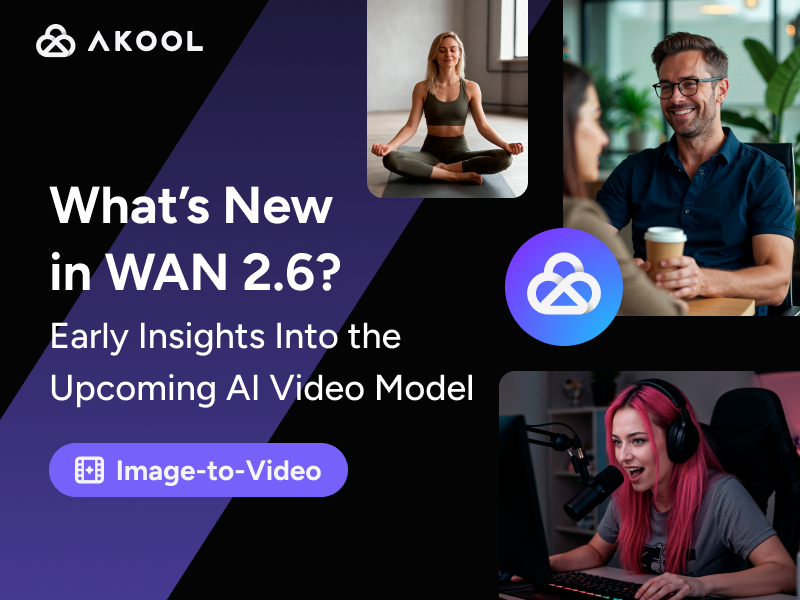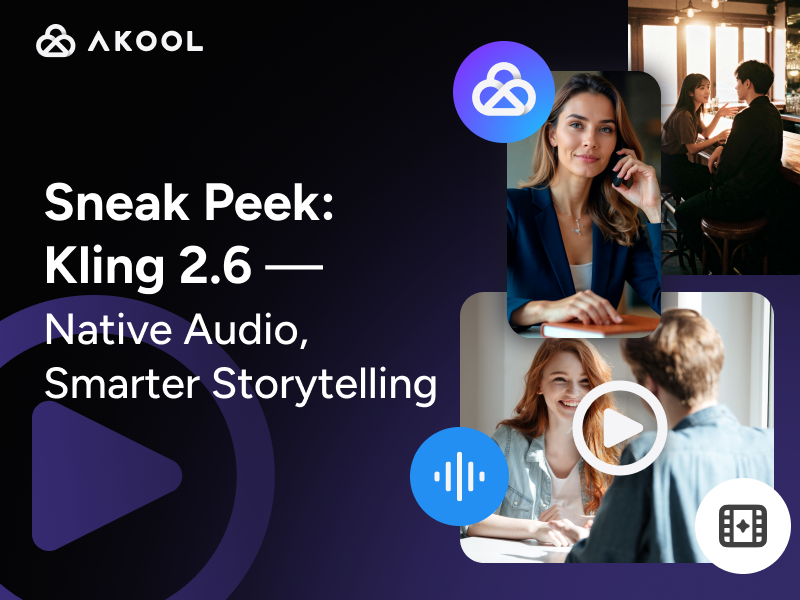Introduction to AI for Goal Setting
AI for goal setting involves utilizing artificial intelligence to define, track, and achieve objectives efficiently. By analyzing data, AI can predict outcomes and suggest optimal paths, enhancing the AI in Human Resources processes. Useful formulas include SMART (Specific, Measurable, Achievable, Relevant, Time-bound) goals, enhanced with AI capabilities for real-time adjustments. This technology empowers creators and agencies to optimize processes, enhance creativity, and ensure strategic alignment with their overarching business objectives.
How to Use AI for Goal Setting
Leveraging AI for goal setting can significantly enhance productivity and success rates. Here's a step-by-step guide to effectively incorporating AI into your goal-setting process:
Step 1: Define Your Objectives
- Clarify Goals: Begin by outlining clear and specific goals. Utilize the SMART criteria (Specific, Measurable, Achievable, Relevant, Time-bound) to ensure your objectives are well-defined.
Step 2: Integrate AI Tools
- Select Appropriate AI Tools: Choose AI platforms that specialize in goal setting and project management. Tools like AI Recruiting Tools and AI for HR offer features such as predictive analytics, resource allocation, and real-time tracking.
Step 3: Input Data
- Data Collection: Gather historical data relevant to your projects. This could include past performance metrics, project timelines, and resource utilization.
- Data Analysis: Allow AI systems to analyze this data to identify patterns and insights that can inform goal setting.
Step 4: AI-Driven Goal Recommendations
- Personalized Suggestions: Let AI algorithms suggest personalized goals based on the analyzed data, ensuring these goals are challenging yet achievable.
Step 5: Monitor Progress
- Real-Time Tracking: Use AI to monitor your progress towards these goals in real-time. This allows for immediate adjustments if you're veering off track.
Step 6: Adjust and Optimize
- Continuous Feedback Loop: AI provides ongoing feedback and suggests modifications to goals and strategies, ensuring alignment with changing conditions and objectives.
Step 7: Review and Reflect
- Post-Project Analysis: After completing a project, analyze the outcomes with AI to learn from successes and areas for improvement, refining future goal-setting processes.
By following these steps, creators and creative agencies can harness AI to not only set effective goals but also dynamically adjust them as projects evolve, leading to more efficient and innovative outcomes.
Applications of AI for Goal Setting
AI for goal setting is transforming the way creators and creative agencies plan and execute their projects. Here are some popular applications:
Personalized Goal Recommendations: AI analyzes past performance data to suggest personalized goals, ensuring they are challenging yet achievable.
Progress Tracking: Automated systems monitor progress in real-time, providing insights and adjustments to keep projects on track.
Resource Allocation: AI optimizes resource distribution by predicting the needs of different phases of a project, enhancing efficiency.
Performance Forecasting: Predictive analytics forecast potential outcomes, helping teams to strategize effectively with Predictive HR Analytics.
These applications streamline workflows, reduce manual effort, and enhance decision-making, allowing creative professionals to focus on innovation and creativity.
Technical Insights on AI for Goal Setting
AI for goal setting leverages advanced algorithms to enhance the goal-setting process.
Data Analysis and Predictive Modeling
AI systems analyze large datasets to identify patterns and predict future outcomes. By utilizing machine learning models, AI can forecast potential challenges and opportunities related to specific goals.
SMART Goals and AI Enhancement
AI integrates with the SMART framework, allowing for dynamic adjustments. For instance, AI can recalibrate goals in real-time, ensuring they remain Specific, Measurable, Achievable, Relevant, and Time-bound as circumstances change.
Real-Time Monitoring
AI employs real-time data tracking to monitor progress towards goals. This ensures that any deviations are immediately identified and rectified, maintaining alignment with objectives.
Algorithmic Path Optimization
AI suggests optimized paths to achieve goals by evaluating multiple scenarios. This involves weighing various factors such as time, resources, and potential obstacles to recommend the most efficient course of action.
Strategic Alignment
AI ensures that individual and team goals align with broader business objectives. By assessing strategic priorities, AI adjusts goal parameters to remain consistent with organizational targets and vision.
These technical capabilities position AI as a powerful tool in refining the goal-setting process.
Statistics on AI for Goal Setting
Incorporating AI into goal setting is becoming increasingly prevalent among creators, developers, and creative agencies. Here are some key statistics that highlight the significance and benefits of using AI for goal setting:
| Statistic | Insight |
|---|---|
| Adoption Rate | As of 2023, approximately 61% of organizations have integrated AI into their goal-setting processes. |
| Efficiency Improvement | Organizations utilizing AI for goal setting report a 30% increase in efficiency and time management. |
| Statistic | Insight |
|---|---|
| Accuracy in Predictive Analysis | AI-driven tools have shown to improve the accuracy of predictive analysis by up to 40%. |
| Enhanced Personalization | AI enables a 50% increase in the personalization of goal-setting processes. |
These statistics underscore the transformative impact of AI on goal setting, offering efficiency, precision, and personalization that are crucial for the dynamic needs of creators, developers, and creative agencies. Integrating AI into your goal-setting strategy can lead to more informed decisions, better resource allocation, and ultimately, more successful outcomes.
FAQ Section: Understanding AI for Goal Setting
How does AI for goal setting enhance productivity?
AI for goal setting can analyze your work habits and suggest personalized strategies to enhance productivity. By leveraging data-driven insights, it helps prioritize tasks and set achievable goals, leading to improved efficiency.
Can AI tools help with personal goal setting?
Absolutely! AI tools are designed to assist with both professional and personal goal setting. By analyzing your preferences and past behaviors, AI can recommend realistic personal goals and provide actionable steps to achieve them.
What are the benefits of using AI for setting business goals?
AI for business goal setting offers benefits such as data analysis, trend prediction, and performance tracking. These features help businesses set informed objectives, optimize resource allocation, and improve overall strategic planning.
How does AI-driven goal tracking work?
AI-driven goal tracking uses algorithms to monitor progress towards your goals. It provides real-time updates and analyzes data to identify patterns, helping you adjust your strategies for better outcomes.
Is AI for goal setting suitable for team collaboration?
Yes, AI tools for goal setting can enhance team collaboration by aligning individual goals with team objectives. They facilitate communication, track collective progress, and ensure everyone is working towards common targets.
Can AI tools adapt to changing goals and priorities?
AI tools are designed to be flexible and adaptive. They can quickly adjust to changes in goals and priorities by analyzing new data and providing updated recommendations, ensuring you stay on track even when circumstances change.
What kind of data does AI for goal setting use?
AI for goal setting uses a variety of data, including your past performance, current habits, and industry trends. This comprehensive data analysis allows AI to offer personalized and effective goal-setting strategies.
How secure is my data with AI goal setting tools?
Security is a top priority for AI goal setting tools. They employ advanced encryption and data protection measures to ensure your personal and professional information remains confidential and secure.




